Review important maths concepts covered in years 5, 6 and 7 with a student-led interactive activity.
Self-Paced Maths Activities
With this downloadable resource, students will read the directions in the slideshow. First, they sort the 12 concepts into categories based on their confidence level. They get to choose standards to work on based on their self-evaluation. Each concept is linked to an accompanying slide that includes notes about that skill as well as practise problems. (If using the Powerpoint version, direct the student to right-click and select ‘Open Hyperlink’. This will take them to the appropriate skill practise page.)
Teachers need to assign a specific number of required tasks to be completed. Implementation suggestions include:
- require one task a day during your maths review days, or a total of 3, or just give students a designated amount of time to work on as many of the tasks as they can.
- assign this slideshow for independent student completion while the teacher is meeting with a small group. While some of the standards are first addressed in years 5 and year 6, this activity is a great review of those important concepts while giving the opportunity to practise some year 7 maths topics as well.

Students will practice concepts such as:
- comparing and ordering decimals
- dividing unit fractions and whole numbers
- area, perimeter, and volume
And much more!
Tips for Differentiation + Scaffolding
A team of dedicated, experienced educators created this resource to support your maths lessons.
In addition to individual student work time, use this activity to enhance learning through guided maths groups, whole class lessons or remote learning assignments.
If you have a mixture of above and below-level learners, we have a few suggestions for keeping students on track with these concepts:
🆘 Support Struggling Students
For students needing a challenge, ask them to complete all concepts as a review. Then, ask them to create a slide with notes and practice questions and an answer key for any concepts that are not in the slideshow already, such as recognising, representing and solving problems involving ratios.
➕ Challenge Fast Finishers
To support students, there are notes already embedded in the slideshow to provide help. Additionally, students can use their resources in the classroom such as anchor charts, maths notebooks, a peer tutor, calculator or teacher. You can also reduce the workload/choice element by assigning just a specific concept to work on each day.
Easily Prepare This Resource for Your Students
Use the dropdown arrow next to the Download button to choose between the Powerpoint of interactive Google Slides version of this resource.
If using the Google Slides version, assign this interactive activity to Google Classroom.
For both file types, please be sure to use Edit mode, not Presentation mode.
This resource was created by Lorin Davies, a Teach Starter Collaborator.
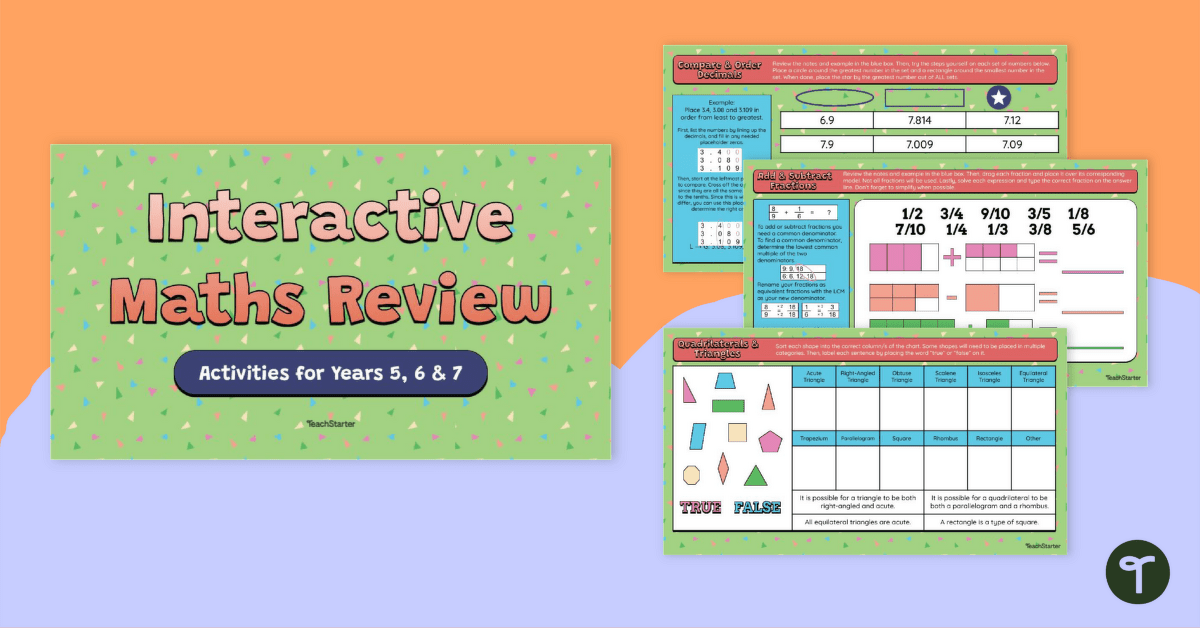


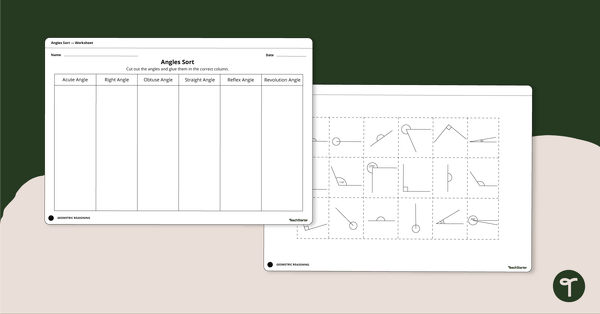
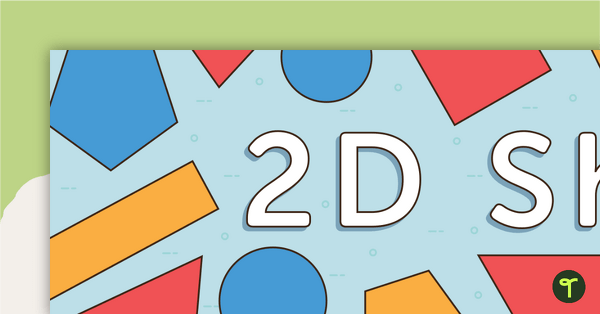

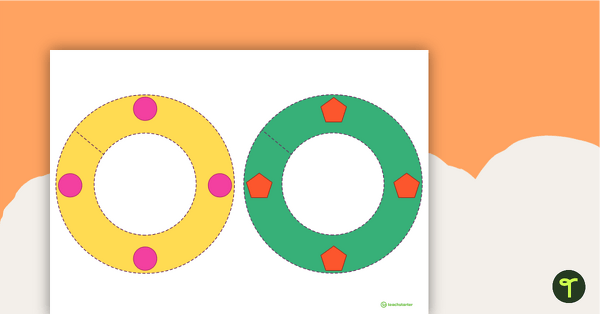
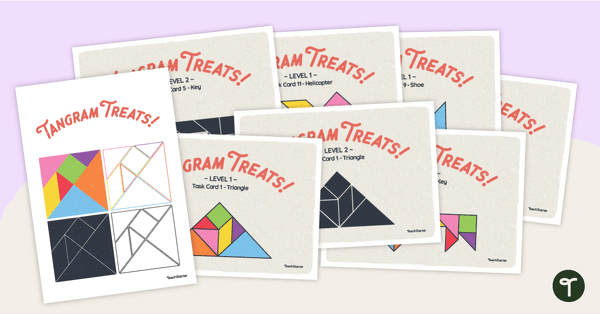
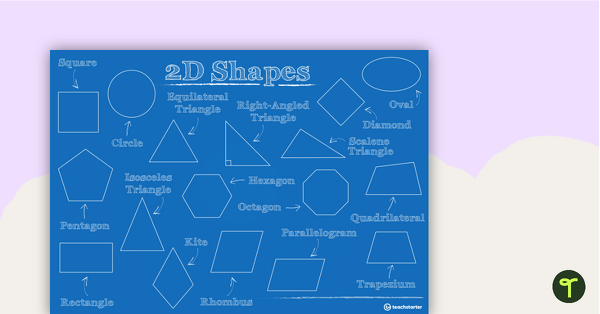
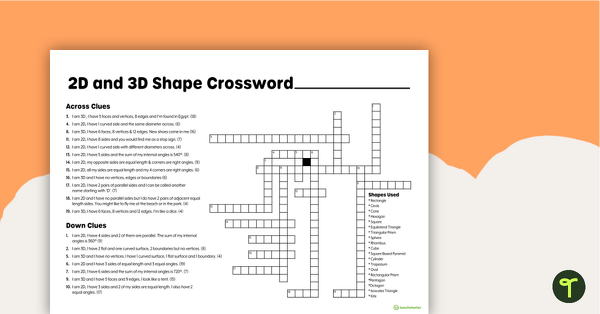
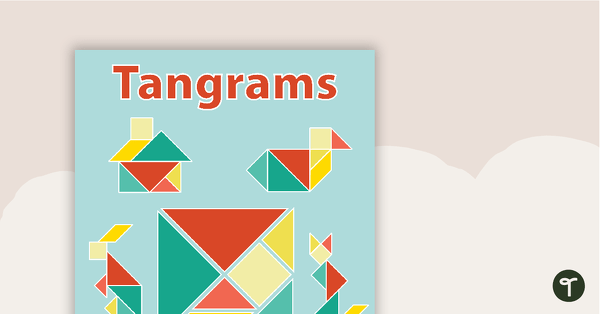


2 Comments
Write a review to help other teachers and parents like yourself. If you'd like to request a change to this resource, or report an error, select the corresponding tab above.
No comments yet.